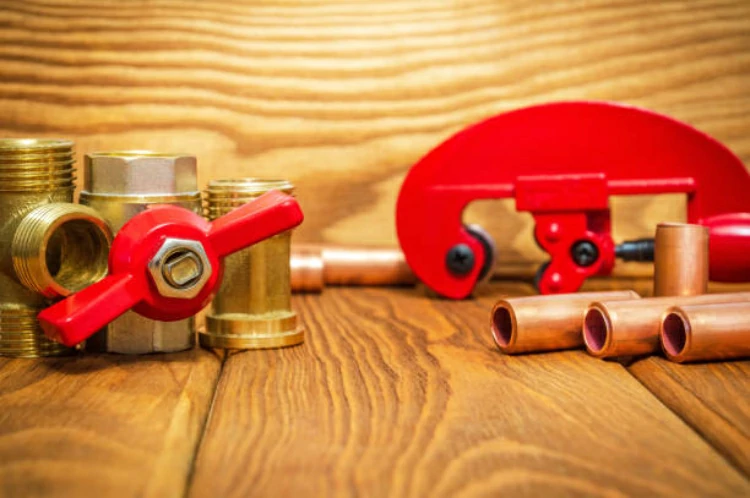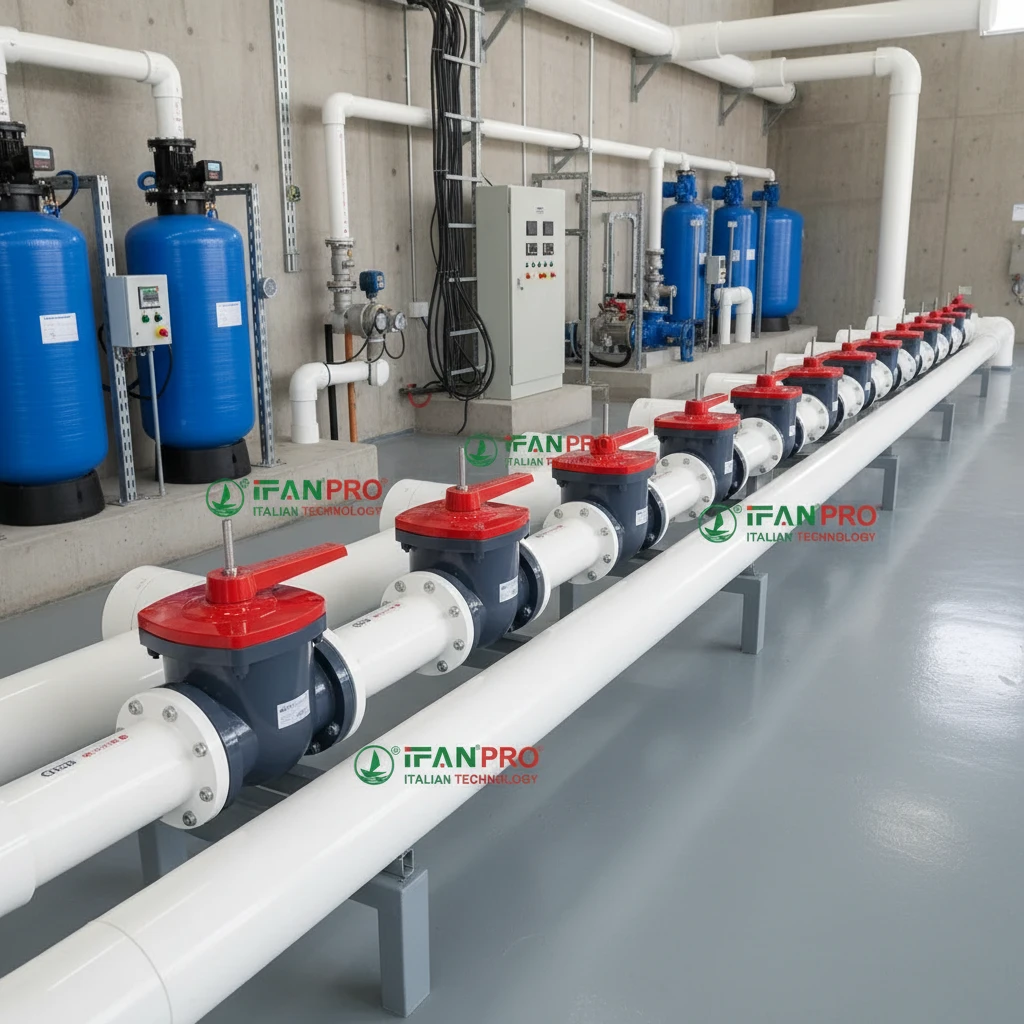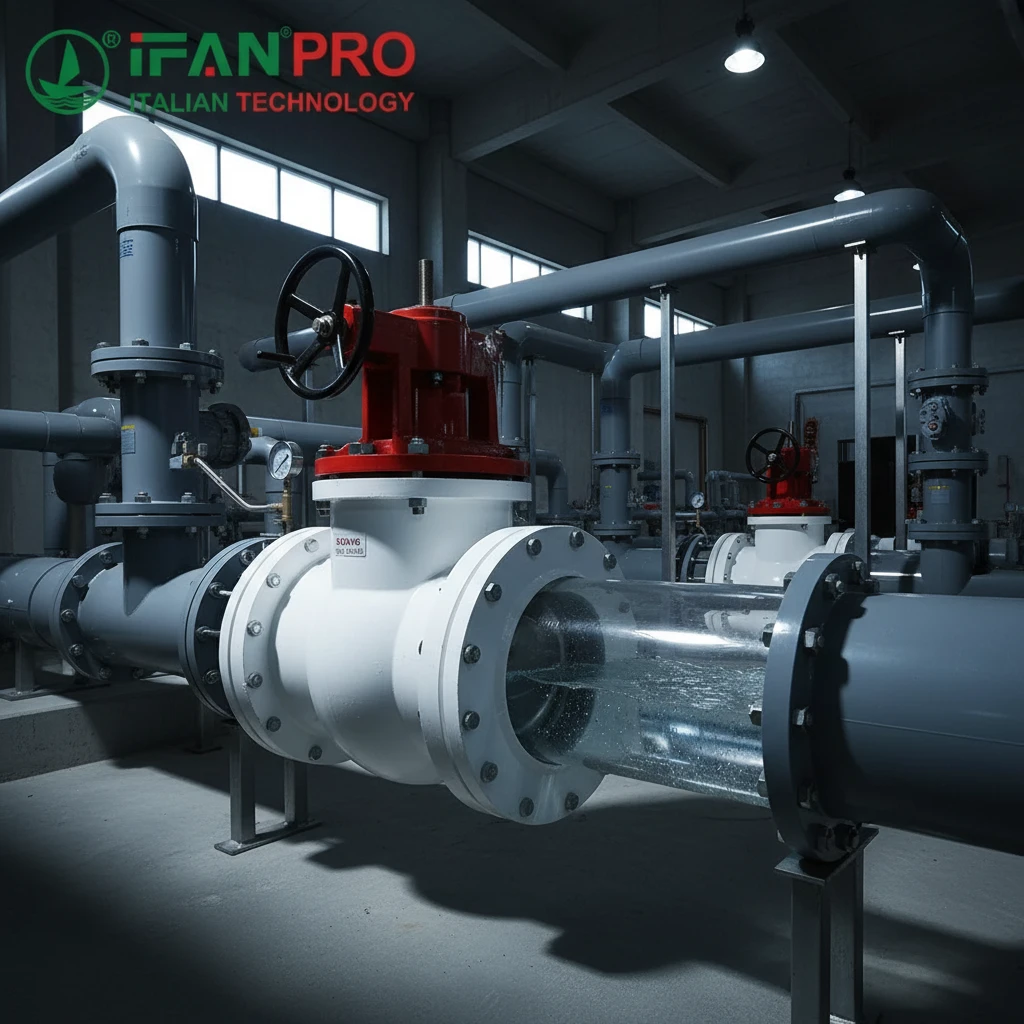Installing brass stop valves correctly is crucial for ensuring their longevity and functionality. This article provides a detailed guide on the installation process, including preparation steps, key techniques, and post-installation checks. Following these guidelines will help you achieve a secure and efficient installation.
Preparation for Installation
Before starting the installation of brass stop valves, it is essential to prepare adequately. This involves selecting the right valve, gathering necessary tools, and ensuring safety measures.
Choosing the Right Valve
Selecting the appropriate brass stop valve for your specific application is the first step.
- Assessing System Requirements: Understand the pressure and temperature requirements of your system to choose a valve that meets these specifications.
- Valve Size: Ensure the valve size matches the pipe diameter to maintain optimal flow rates and prevent leaks.
Gathering Tools and Materials
Having the correct tools and materials on hand is crucial for a smooth installation process.
- Tools Needed: Common tools include pipe wrenches, Teflon tape, pipe cutters, and adjustable spanners.
- Materials: In addition to the valve, you may need pipe fittings, sealants, and joint compounds.
Ensuring Safety
Safety should always be a priority when working with plumbing systems.
- Turn Off Water Supply: Before starting the installation, ensure that the water supply is completely shut off to prevent any accidental water flow.
- Drain the System: Drain any remaining water from the pipes to avoid spills and ensure a dry working environment.
Installation Process
Once preparation is complete, the actual installation of the brass stop valve can begin. This involves several key steps to ensure a secure and leak-free installation.
Cutting and Preparing the Pipe
Properly preparing the pipe is crucial for a secure connection.
- Cutting the Pipe: Use a pipe cutter to make a clean, straight cut on the pipe where the valve will be installed.
- Deburring: After cutting, deburr the pipe ends to remove any sharp edges or debris that could affect the seal.
Applying Sealant
Applying the right sealant helps prevent leaks and ensures a secure fit.
- Teflon Tape: Wrap Teflon tape around the male threads of the pipe to provide a tight seal.
- Joint Compound: Apply a thin layer of joint compound to the threads for additional sealing.
Installing the Valve
Installing the valve correctly is crucial for its functionality.
- Positioning the Valve: Position the brass stop valve in the desired location, ensuring it is oriented correctly for the flow direction.
- Tightening: Use a pipe wrench to tighten the valve onto the pipe, being careful not to over-tighten, which can damage the threads and cause leaks.
Post-Installation Checks
After installing the brass stop valve, it is essential to conduct thorough checks to ensure the installation is secure and leak-free. This involves pressure testing, inspecting for leaks, and regular maintenance.
Pressure Testing
Performing a pressure test helps ensure the valve can handle the system’s pressure without leaking.
- Gradual Pressure Increase: Slowly increase the system’s pressure and monitor the valve for any signs of leaks or weakness.
- Maximum Pressure: Ensure the valve holds up to the maximum system pressure without any issues.
Inspecting for Leaks
Regular inspection is crucial for maintaining the integrity of the valve installation.
- Visual Inspection: Check around the valve and pipe connections for any visible signs of water leaks.
- Feel for Moisture: Run your fingers along the connections to detect any moisture that may not be visible.
Regular Maintenance
Maintenance helps extend the life of the valve and ensures it continues to function correctly.
- Operating the Valve: Periodically operate the valve to ensure it moves smoothly and has not become stuck.
- Cleaning: Clean around the valve to prevent the buildup of dirt and debris that could affect its operation.
Conclusion
Installing brass stop valves correctly is essential for ensuring their effectiveness and longevity in any plumbing system. By carefully preparing, following precise installation steps, and conducting thorough post-installation checks, you can achieve a reliable and leak-free installation. Remember, attention to detail and regular maintenance are key to the successful performance of brass stop valves.
IFAN is a Chinese manufacturer of plastic pipes, fittings and valves with 30 years of experience. If you are interested in IFAN Raccords en cuivre, vannes en cuivre, tuyaux et raccords en plastique, veuillez nous contacter. IFAN offers you a variety of standard pipes to meet your specific needs. Click below to learn more about IFAN’s wide range of affordable and cost-effective valve products and piping system related products.
We will reply your email or fax within 24 hours.
You can call us at any time if there is any question on our production.
For more information,pls visit our webside https://ifanpro.com/
Veuillez envoyer un courrier à l'adresse suivante [email protected]
Whatsapp : + 86 19857948982














Commentaires récents